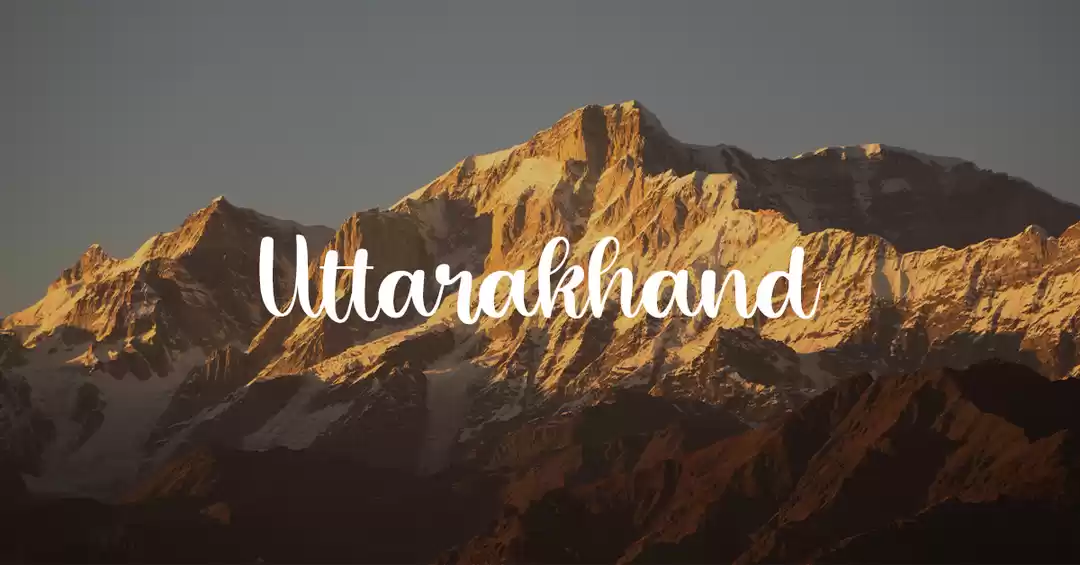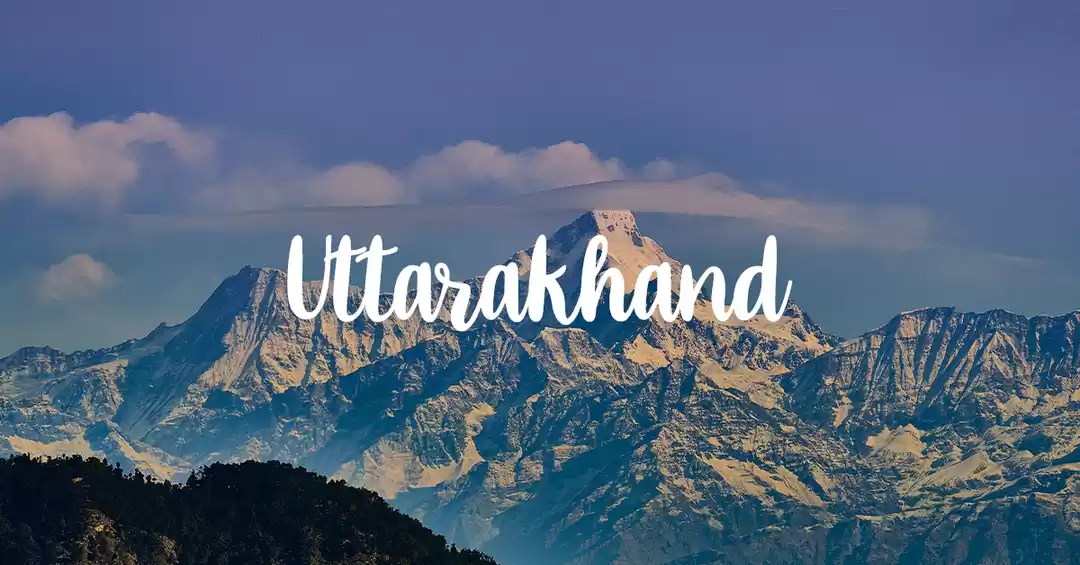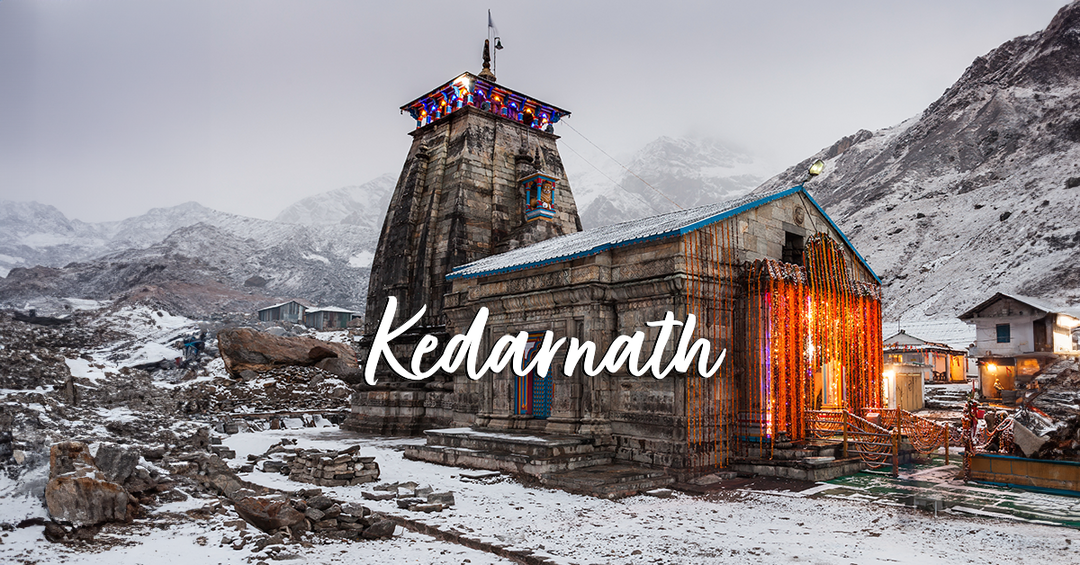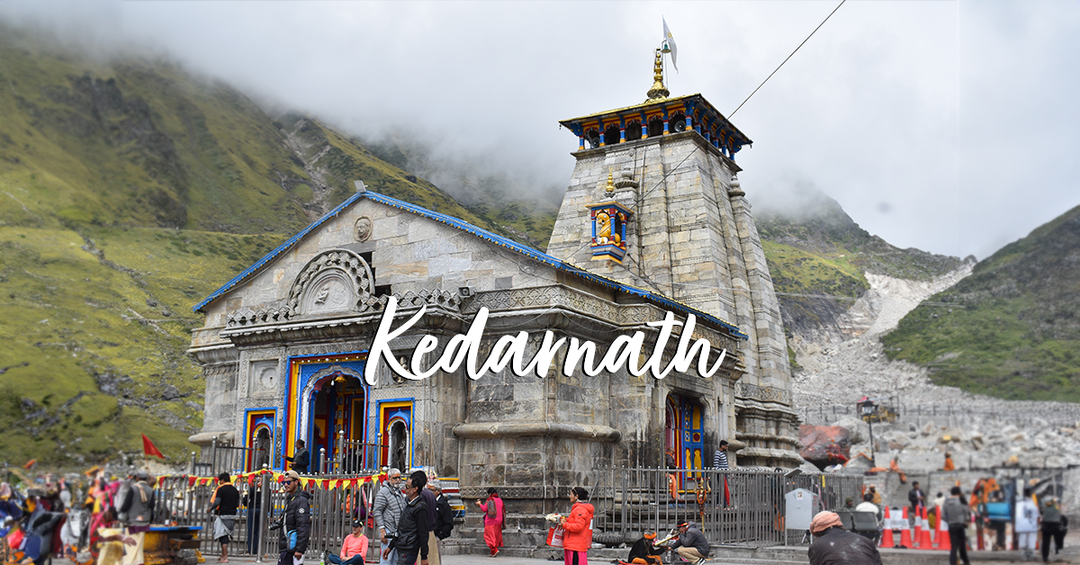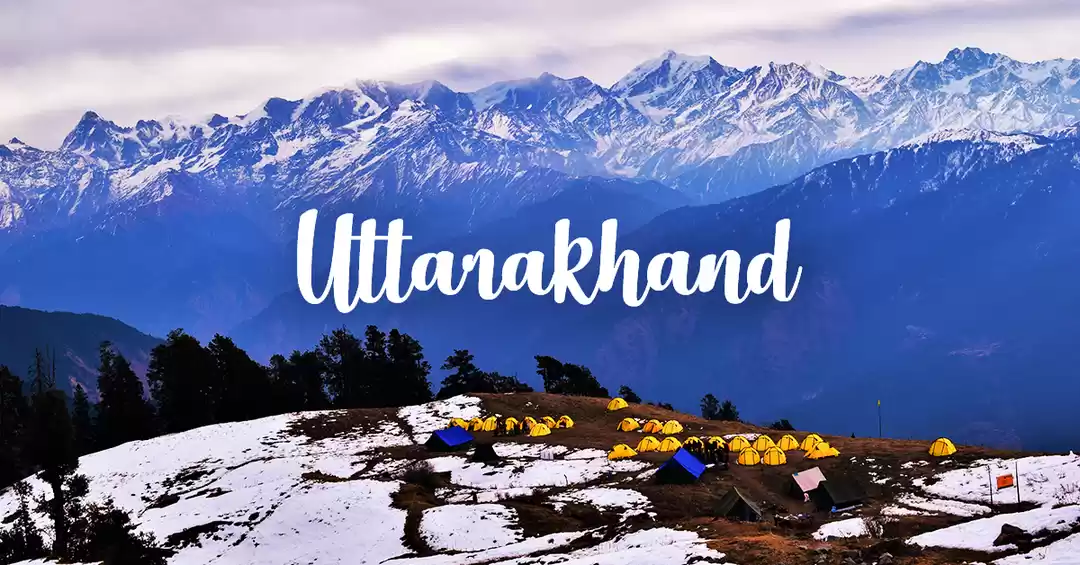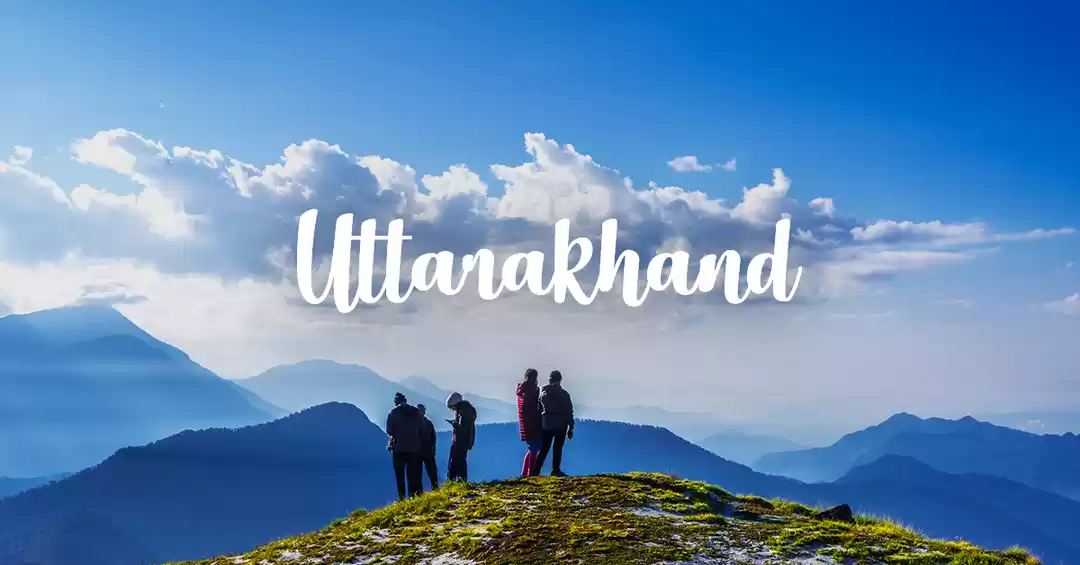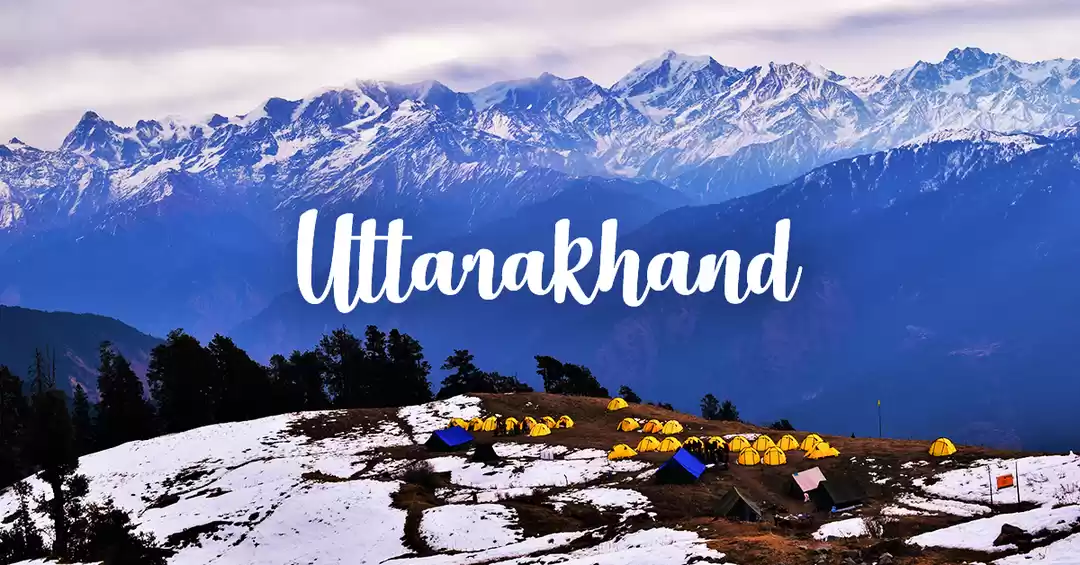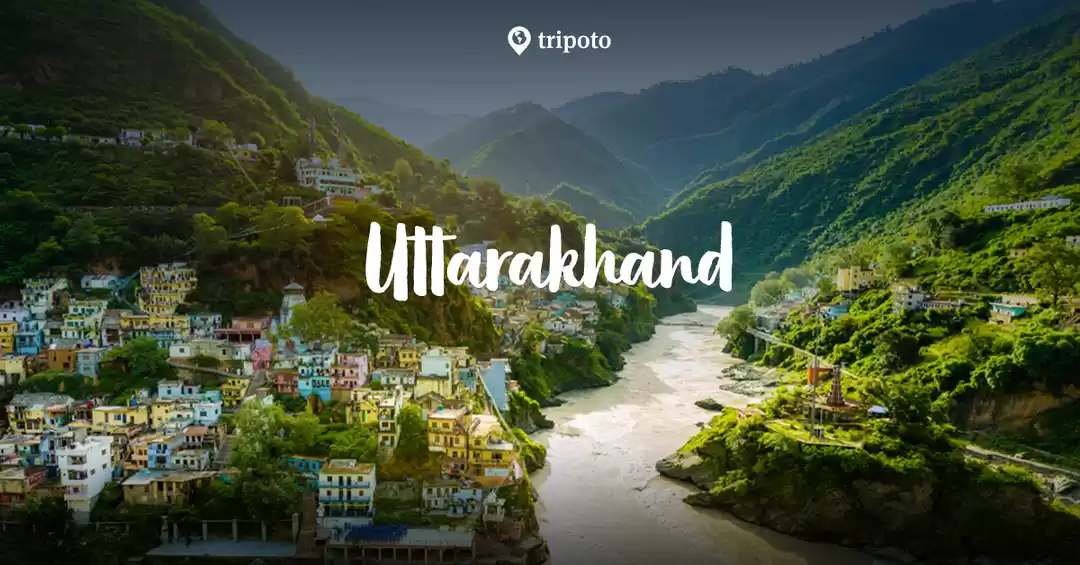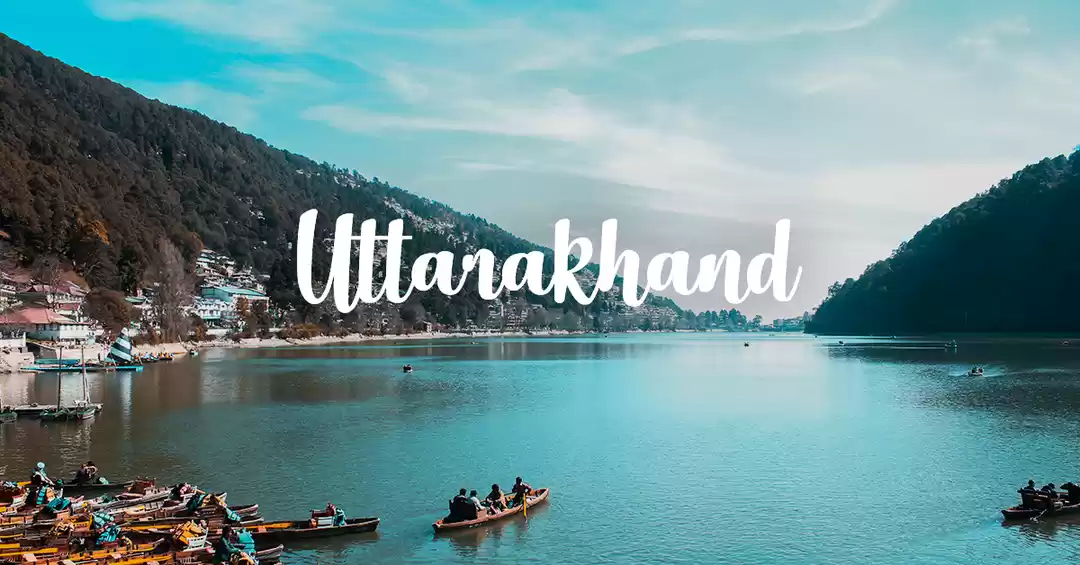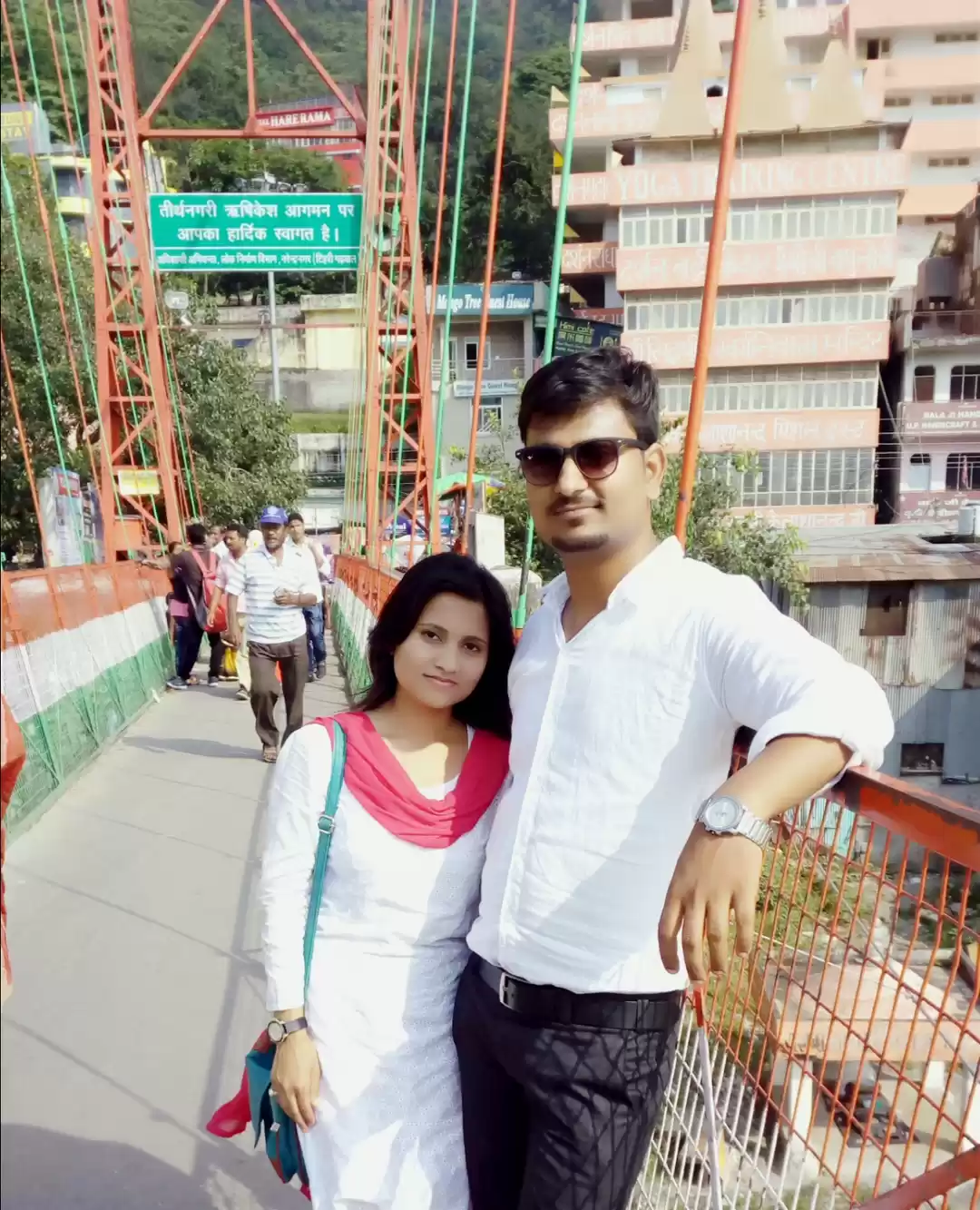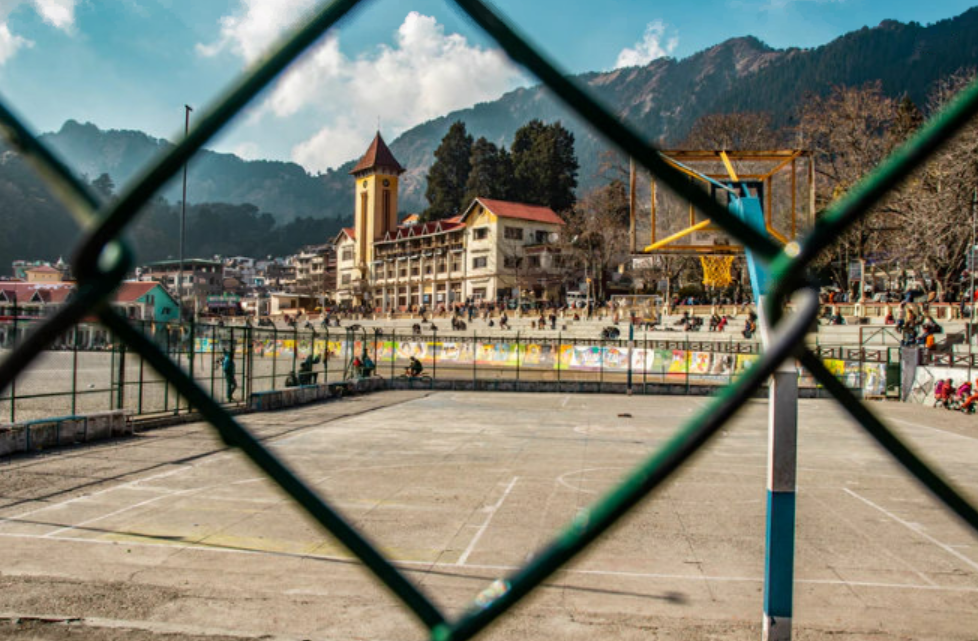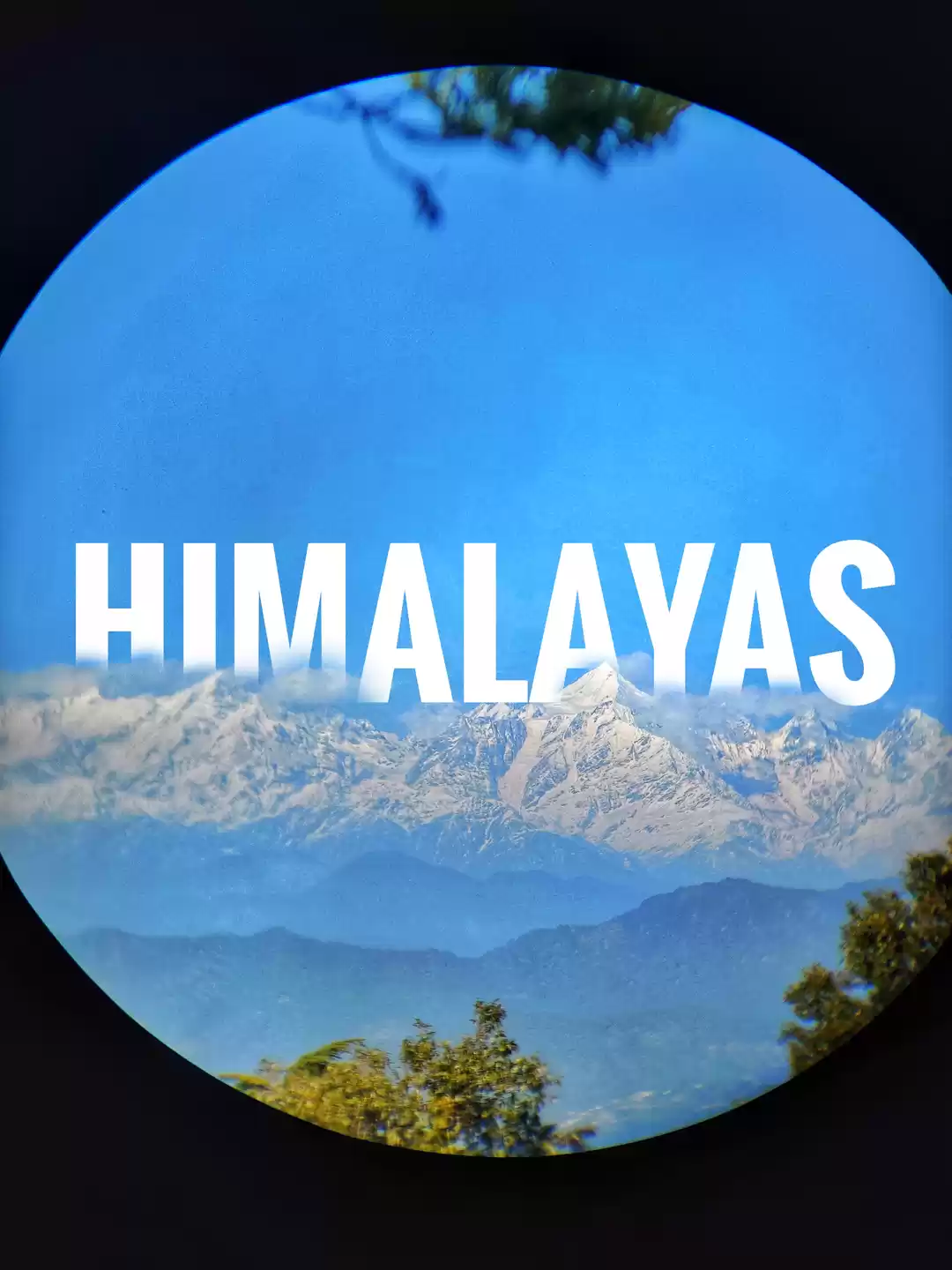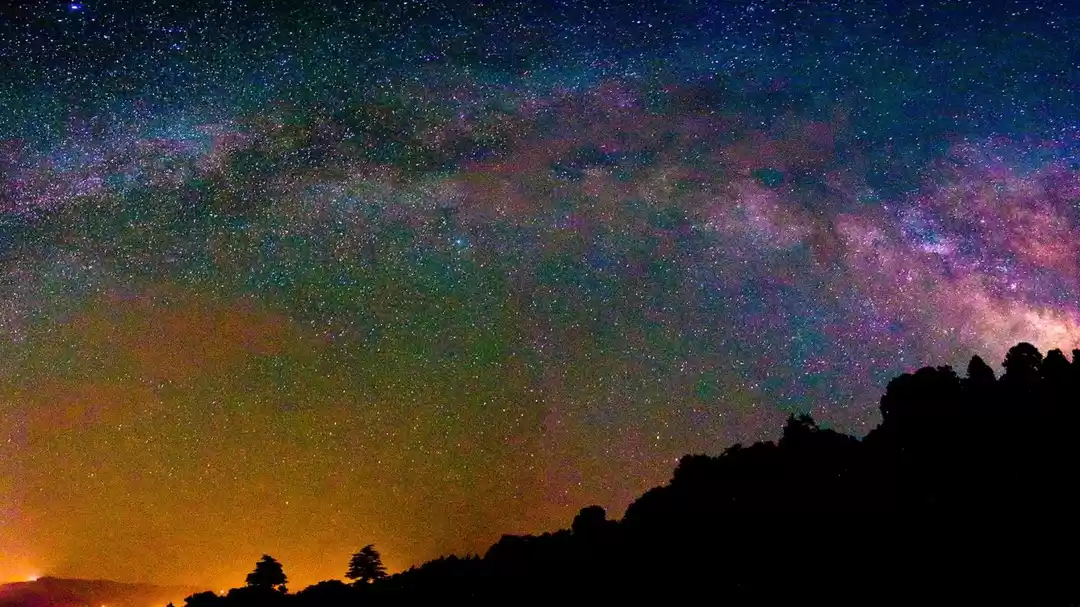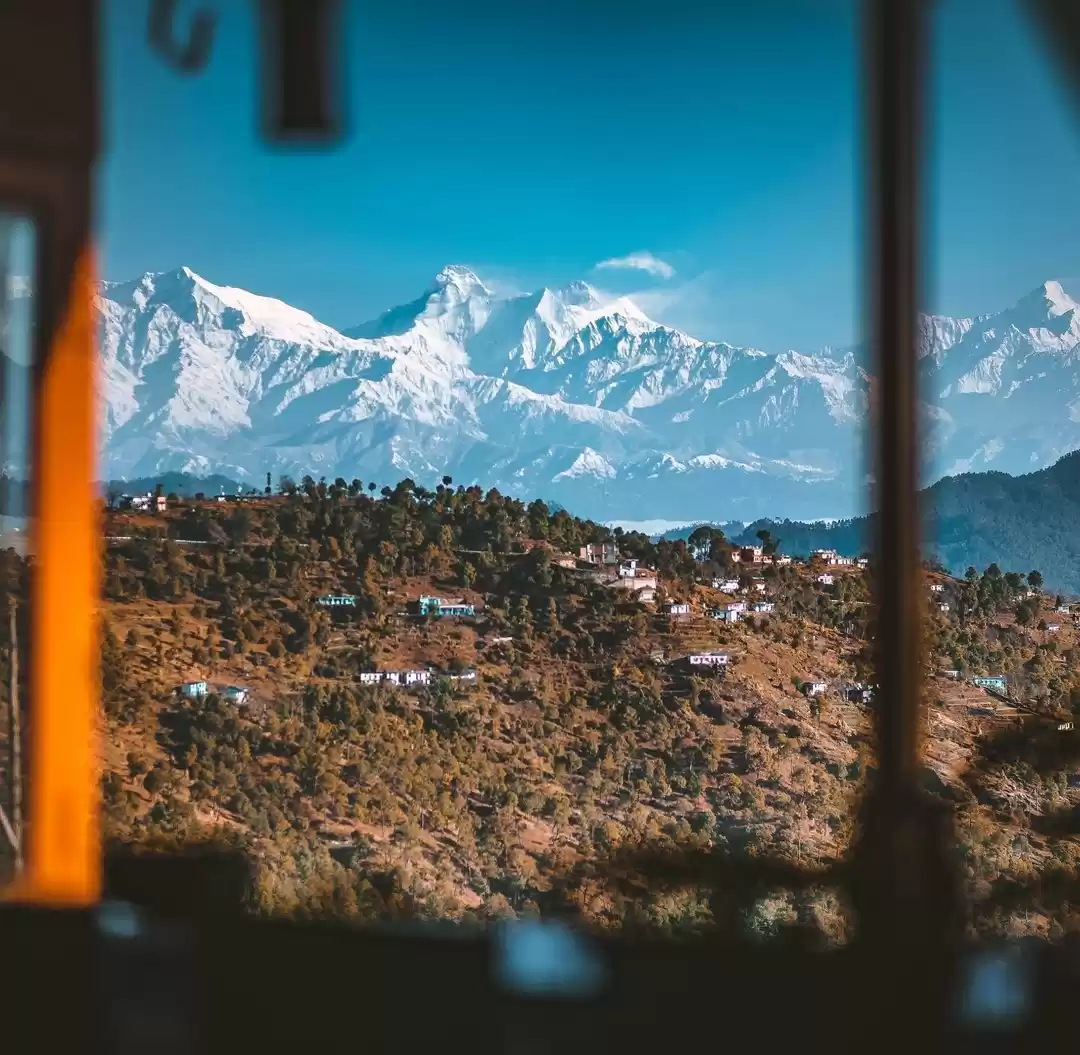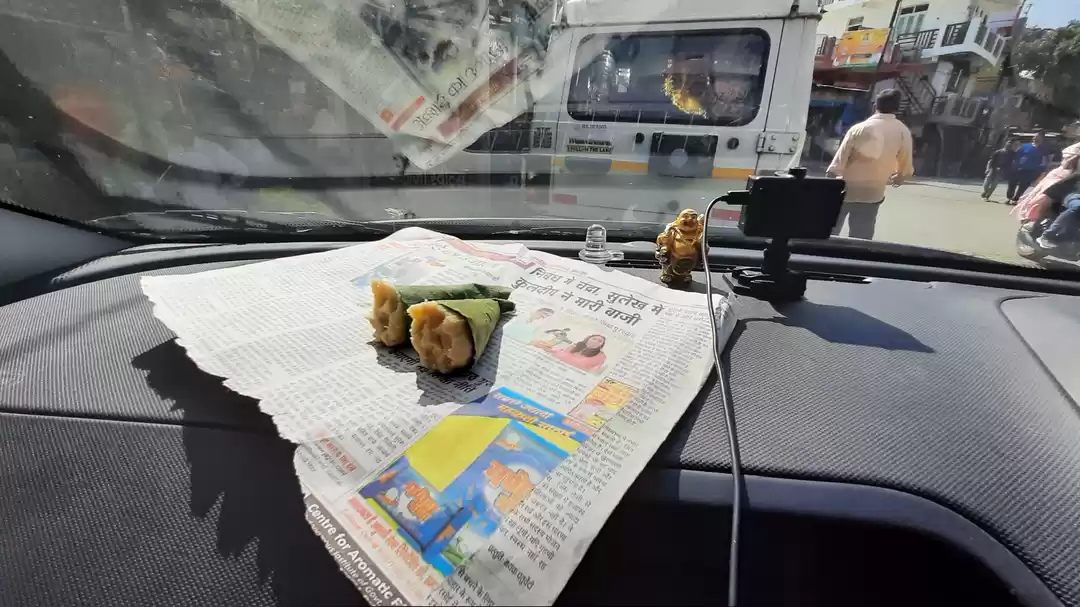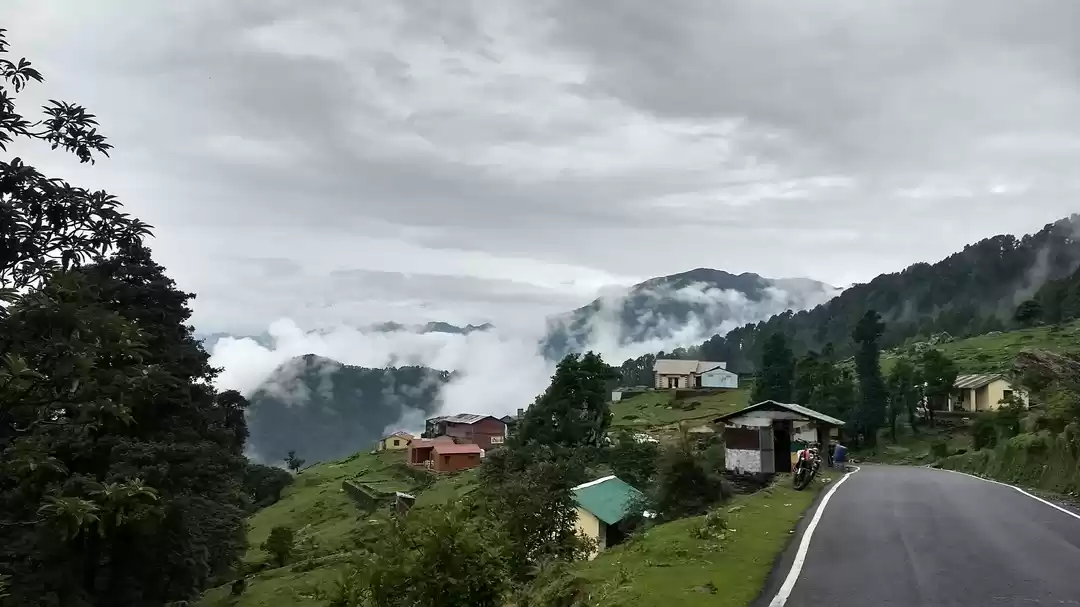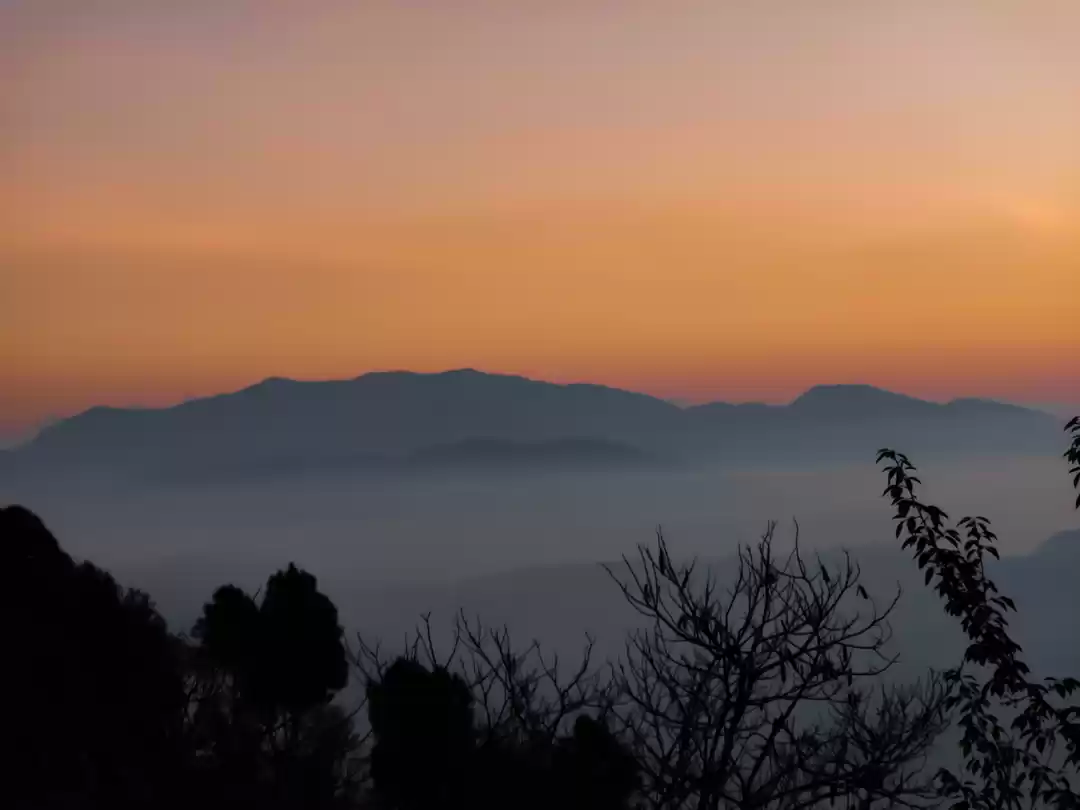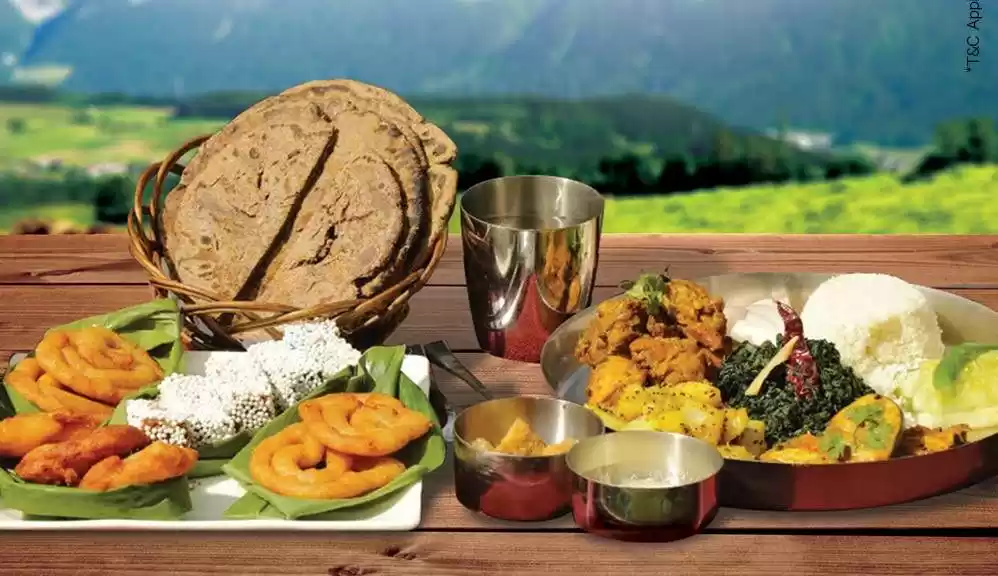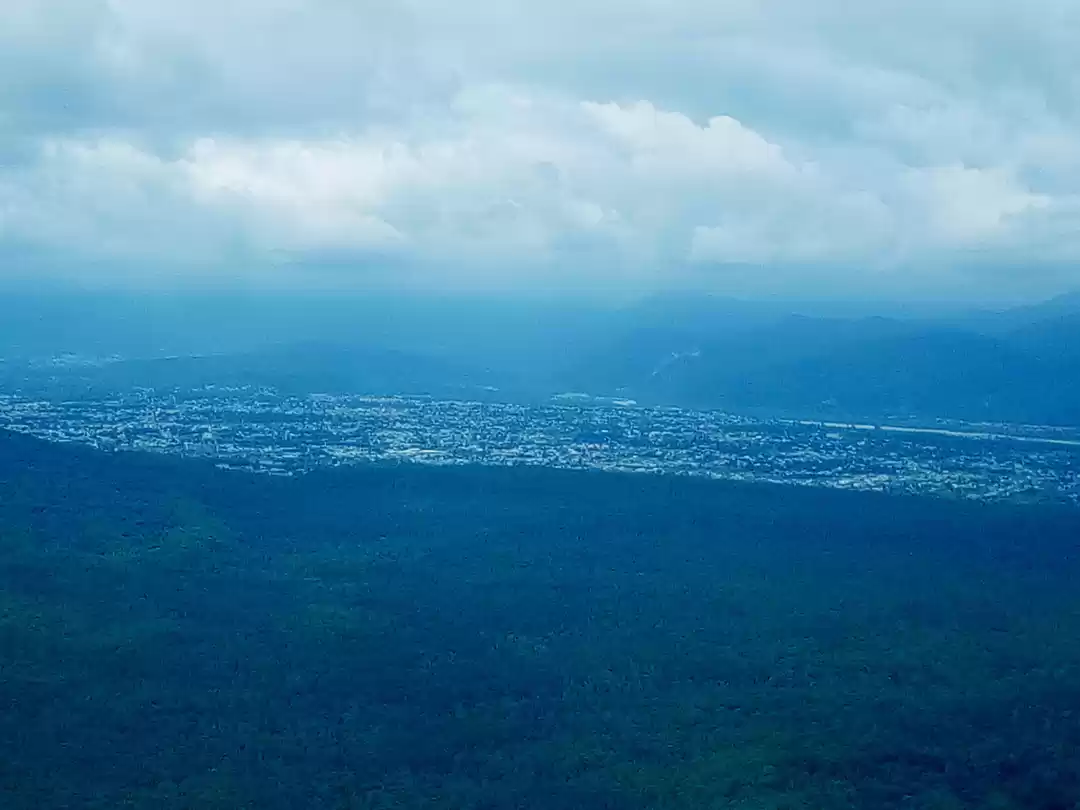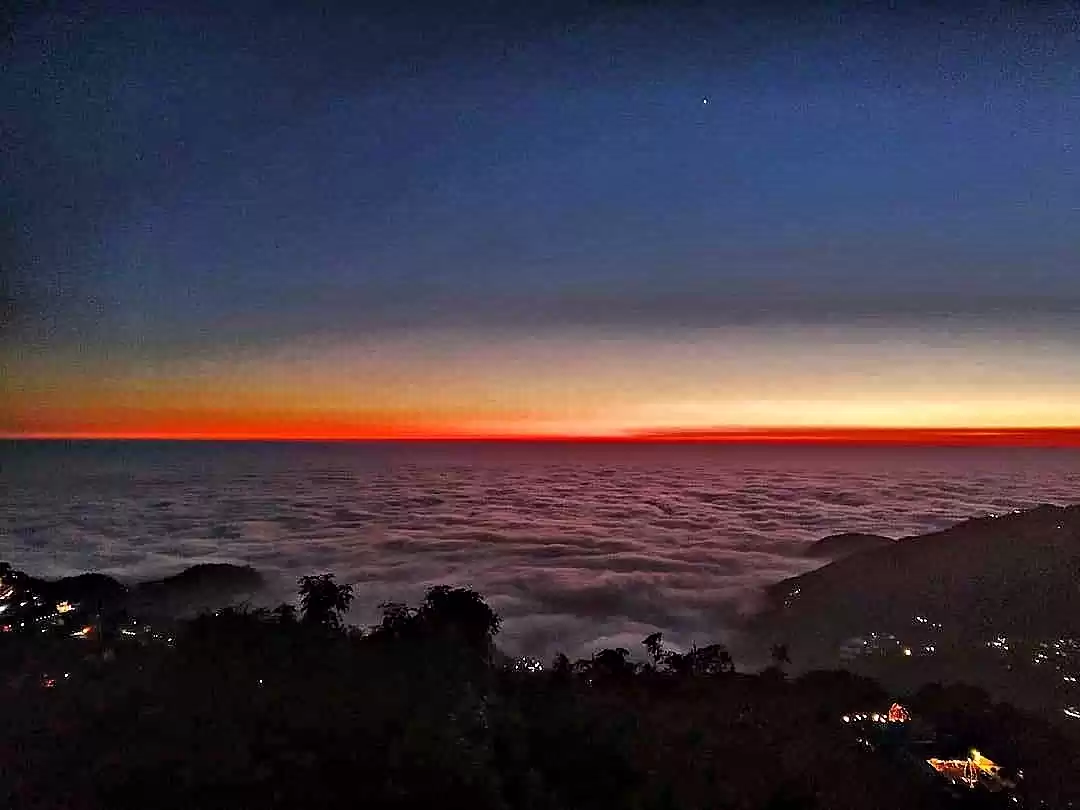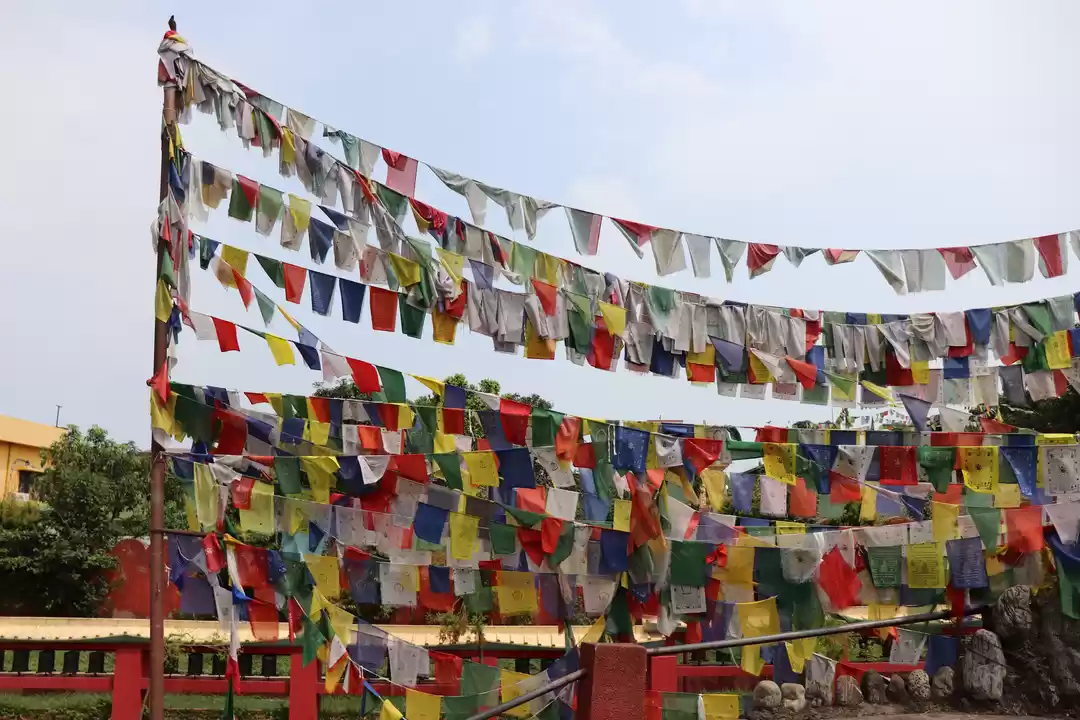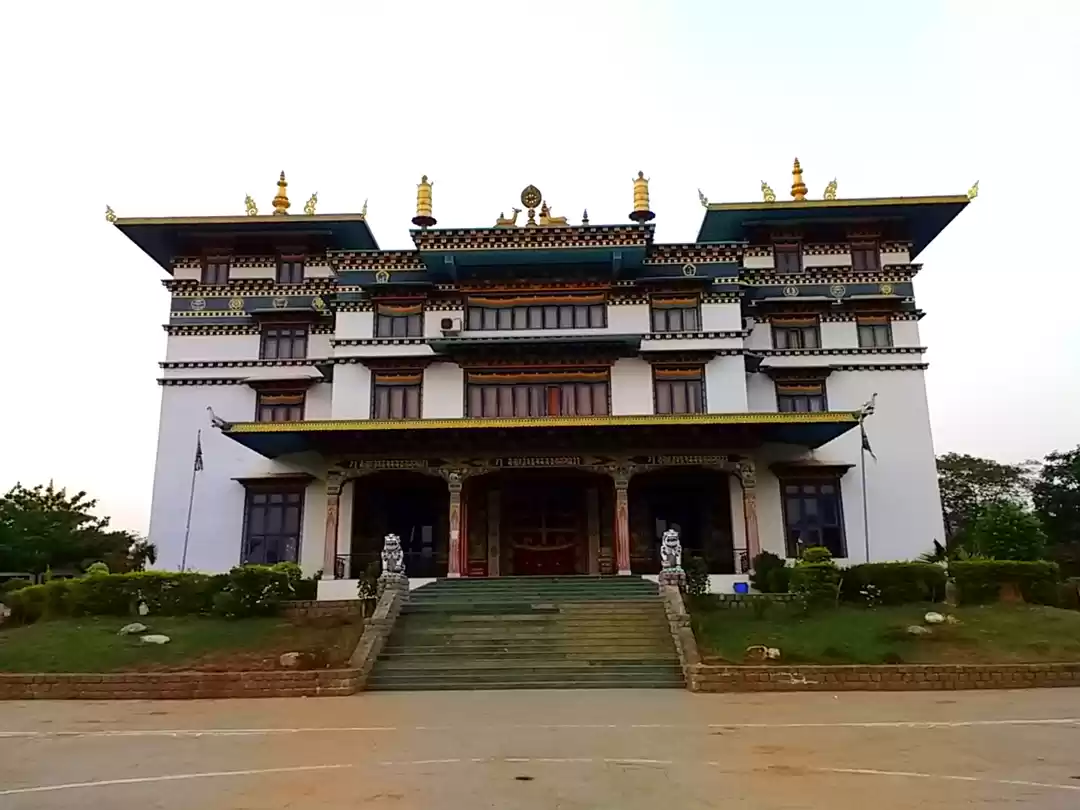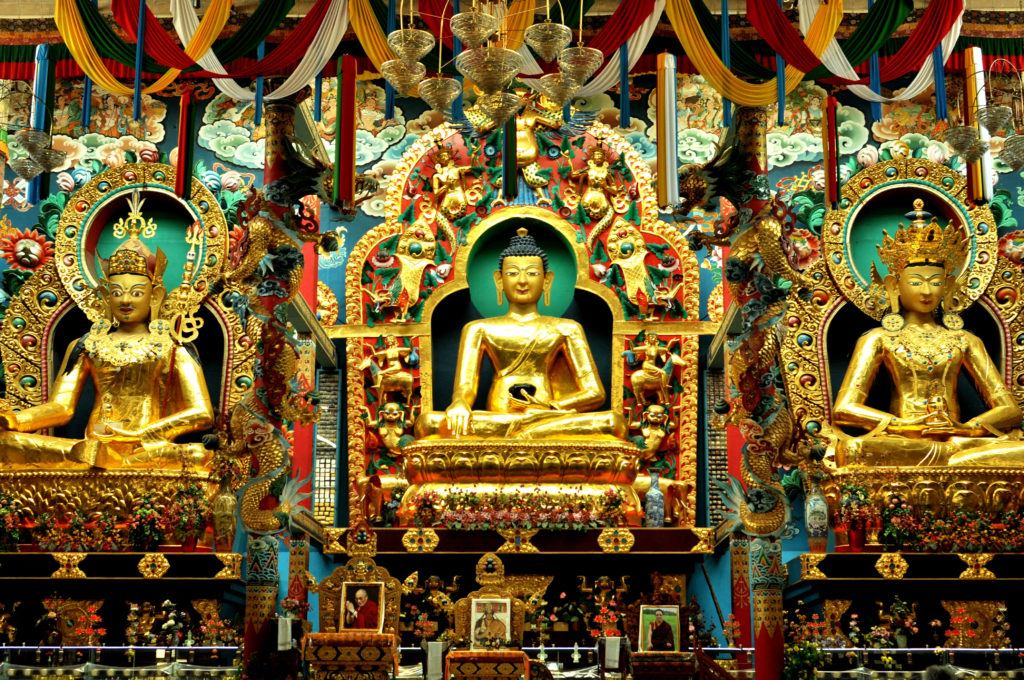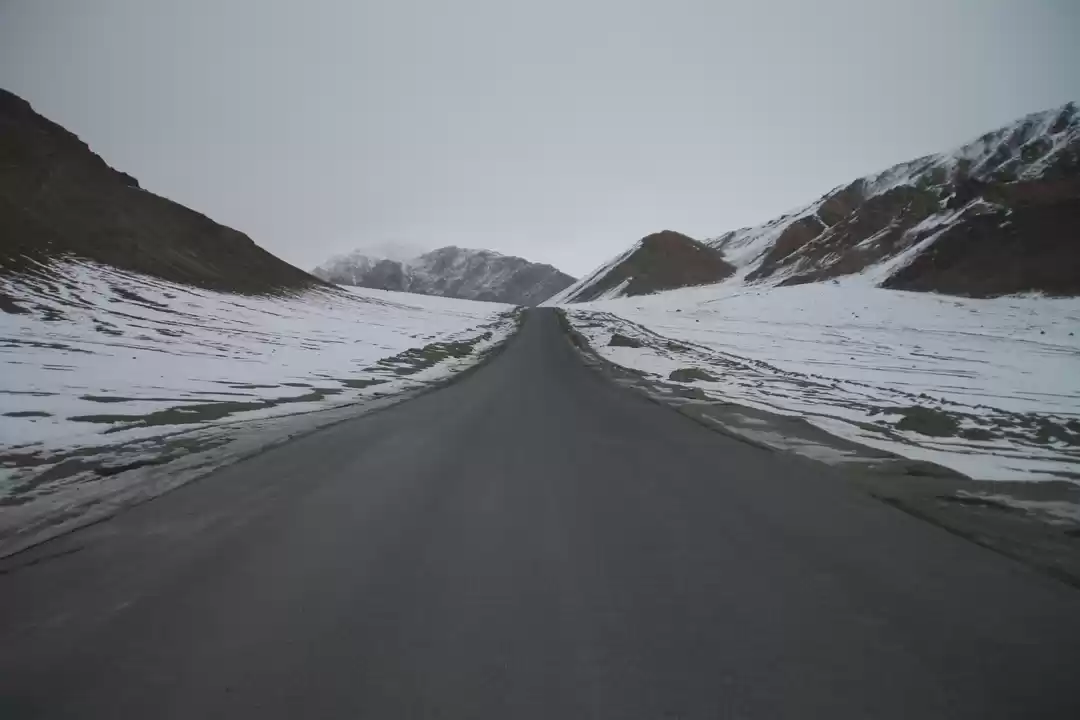We know that Dehradun, the capital city of Uttarakhand, is famous for its renowned educational institutions, the stunning Doon valley, and the pleasant weather throughout the year. The city also houses the only airport in the Garhwal region of the state and is at close proximity to major tourist attractions including Mussoorie, Lansdowne, Rishikesh, and Haridwar. But did you know that Dehradun has a thriving Tibetan community as well?
Far from the hustle and bustle of the city, in the Clement Town of Dehradun lies one of the prominent monasteries of India - the Mindrolling Monastery. Ever since it was built in 1965 by Kyabje Khochhen Rinpoche, the monastery has seen a large influx of Tibetan Buddhists and has grown steadily to become one of the popular tourist attractions in the city.

Mindrolling Monastery - History
The Mindrolling Monastery, pronounced as 'Min-drolling' (and not Mind-drolling as you would have read by now) in the Tibetan language means the Place for Perfect Emancipation. The monastery was first established in Tibet in 1676 by Terdag Lingpa, the Ist Mindrolling Trichen. However, it was badly destroyed by Mongols in 1728 and was rebuilt later.
In 1959, Khochhen Rinpoche was all set for his enthronement as the XIth Mindrolling Trichen. However, due to the Communist Invasion, Rinpoche went into exile in India along with many great masters. After years of toil and efforts in bringing together the Tibetan community, the Mindrolling Monastery was re-established here in Dehradun.

Mindrolling Monastery, Dehradun - A Photo Tour
Everything about this temple is simply grand. This was my first impression when I stepped foot on this place a couple of years ago, with a bunch of bloggers. Yes, we had got together for a meetup and I still fondly remember how we walked around the well-manicured garden of this temple, soaking in its grandeur and splendor.

The temple is home to a 185 ft tall and 100 ft wide Stupa which is believed to be the world's tallest Stupa. Popularly known as the Great Stupa, the World Peace Stupa contains a series of shrines rich with murals, Tibetan art, and sacred relics. In front of the Stupa is the beautiful statue of White Tara.

A Stupa is a Buddhist monument that represents the Buddha's enlighted mind. It contains relics and is used as a place for meditation. There are eight kinds of Stupas in Buddhism, namely,
1. The Stupa of Heaped Lotuses
2. The Stupa of Conquest over Mara
3. The Stupa of Many Doors
4. The Stupa of Great Miracles
5. The Stupa of Buddha’s Descent from Devloka
6. The Stupa of Reconciliation
7. The Stupa of Complete Victory and
8. The Stupa of Nirvana

The World Peace Stupa depicts the descent of Buddha from Devloka. On the façade of the Stupa is beautifully painted - Maitreya, the future Buddha. It is believed that he is residing in Tushita heaven now, awaiting his rebirth.
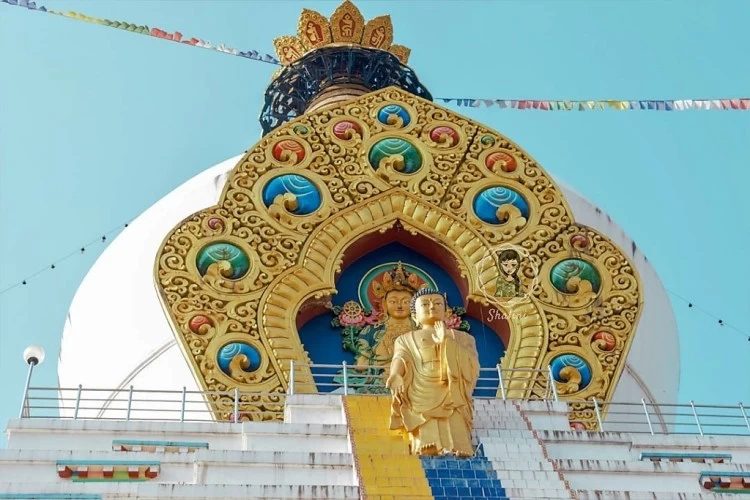
He will be reborn in a period of decline to renew the doctrine of Buddha Shakyamuni, the founder of Buddhism. And descending the tricolored steps is him- Buddha Shakyamuni, the present Buddha.

There are five shrine rooms inside the Stupa, including Shakyamuni Buddha shrine room, the Padmasambhava shrine room, and Mindrolling Lineage shrine room. The ground floor houses the shrine of Guru Padmasambhava.

Walk along the lawn and you can find the Great Statue of Padmasambhava which was consecrated in March 2017. The Mindrolling Trichen believes that such a statue would ward off hurdles of warfare and disharmony.

This statue is in the form of Guru Degpal Kundul, considered to be the 'Guru Tamer of all Haughty Spirits'.
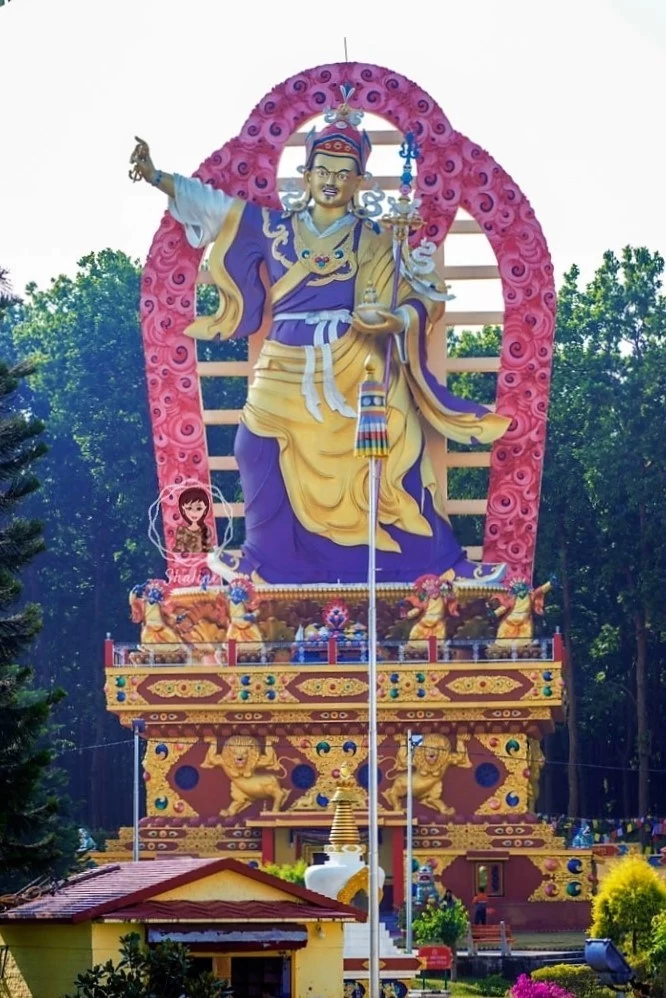
Amidst the impeccably well-kempt lawn, you can find an array of models of the eight kinds of Stupas.

The two-acre lush green garden was blooming with flowers and I couldn't stop clicking with my camera.
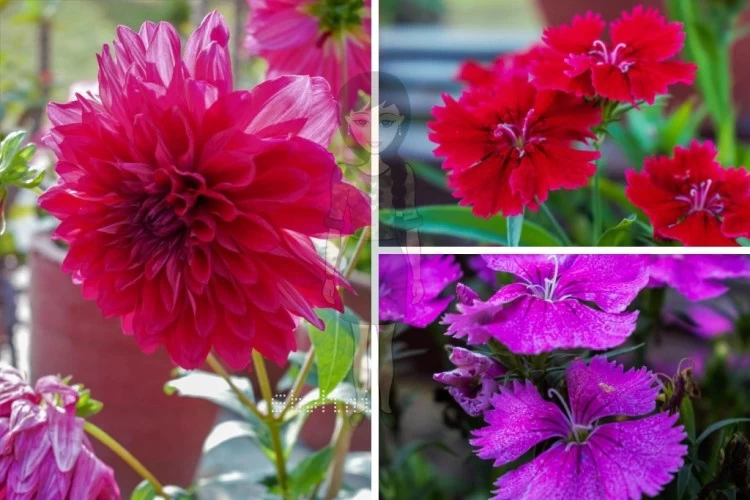
As I approached the giant prayer bell in the middle of it all, I found a little boy turning the wheel. We went round and round the bell, uttering our prayers, all the while smiling at each other.
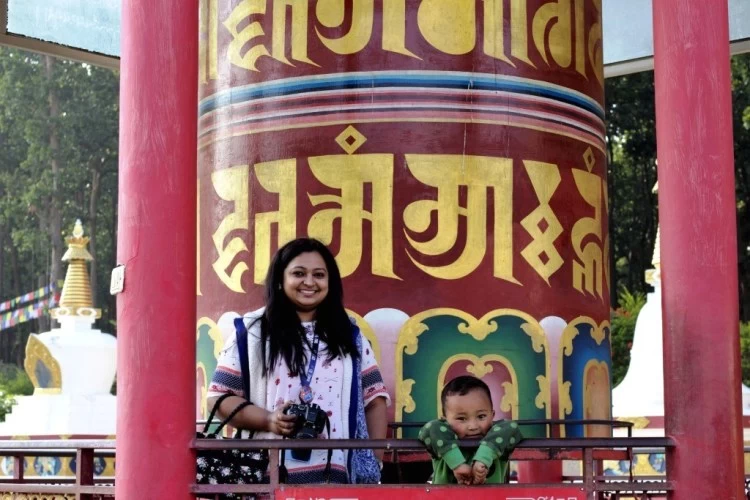
The wheel is inscribed with prayers and it is said that each turn or revolution of the wheel is considered a prayer uttered, and these prayers can be repeated by turning it.
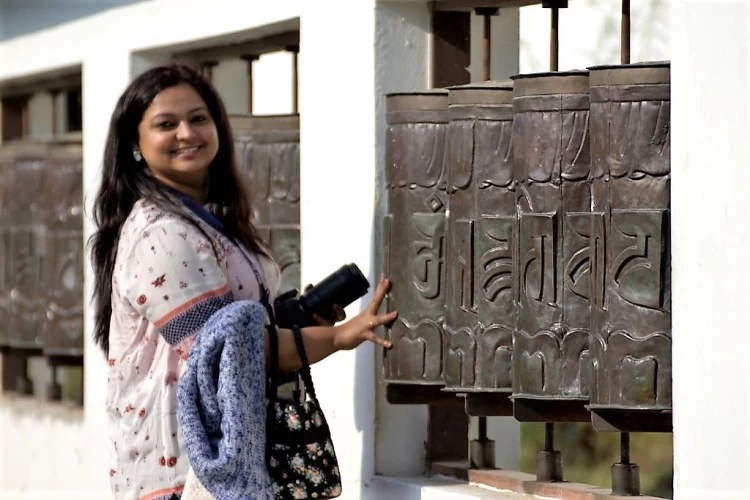
The walls are also adorned with miniature stupas and sculptures. Bright and beautiful prayer flags flutter in the wind spreading prayers and blessings.

Another beautiful attraction is the 130ft tall Buddha statue which is dedicated to Dalai Lama, the spiritual Guru of Tibetans.

The temple complex is humongous and travelers from far wide as well as locals come here to peace and tranquility.
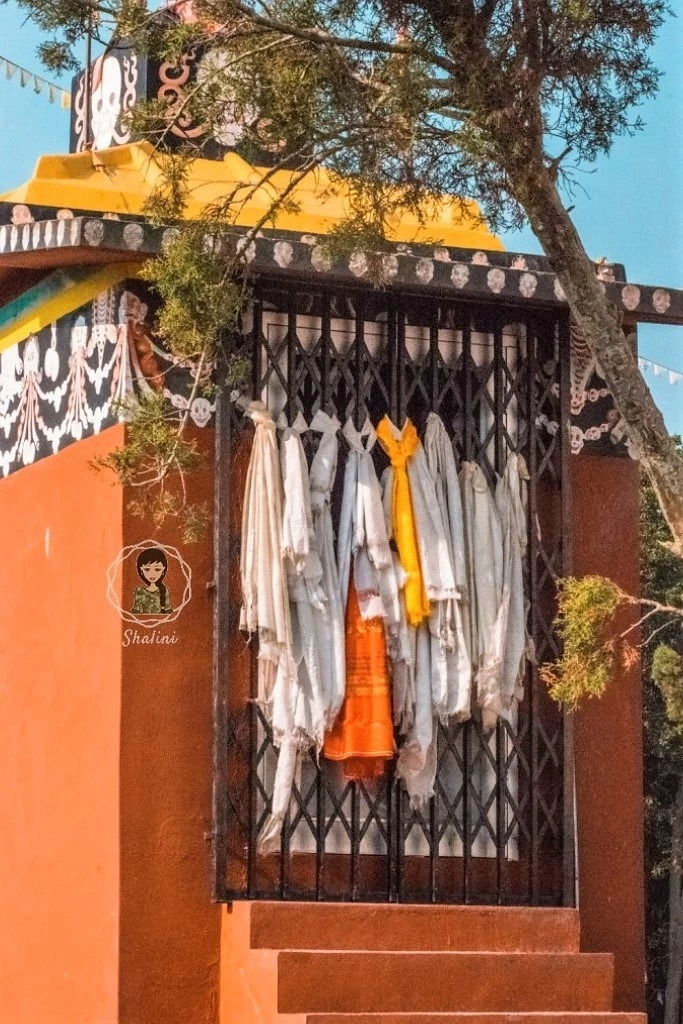
he monastery also houses one of the largest Buddhist Institutes, N gagyur Nyingma College. There are various complexes inside the Monastery, including a bookstore, restaurants, and shops selling Tibetan handicrafts. At the restaurants, you can relish simple Chinese and local foods with momos and chop suey.
How to reach Mindrolling Monastery

Mindrolling Monastery is located at Clement Town, Dehradun. The nearest railway station is the Dehradun Railway station which is about 9km away. The closest airport is the Jolly Grant airport, 35km away. Autos and local buses are available too.
The Mindrolling Monastery of Dehradun is about 52km from Rishikesh, 59km from Haridwar and 239km from Delhi. A road trip from Delhi definitely is a good option for you can cover the famous destinations of the Garhwal region.
Best Time to Visit Mindrolling Monastery
You can visit the monastery at any time, preferably on Sunday as the interior of the temple remains open for the tourists.
Timings : 7 am to 7 pm
Disclaimer: This post is not sponsored by any agency.

Have you been to Mindrolling Monastery in Dehradun? If not, make sure to visit when you are in Dehradun next!

This blog was originally published on Kohl Eyed Capers.
Frequent searches leading to this page:-
places to visit near dehradun in may, hill station near dehradun with distance, dehradun top 10 places to visit, dehradun tourist places near railway station, 10 best places to visit in dehradun


